Total Acidity vs pH by Jeffers Richardson at Firestone Walker
by Greg Nagel @OCBeerBlog
Back on an old episode of Four Brewers, we sampled some Barrelworks beers and noted something we haven’t seen before on a beer label, “Total Acidity.” We cracked jokes at our ignorance, “how much more acidic can it get? Uhhh, like 7.”
@OCBeerBlog @FirestoneWalker @fourbrewersshow Total Acidity, better than pH, expresses the tactile sensation that acid lends to mouthfeel.
— Jim Crooks (@FW_SourJim) September 22, 2014
Over twitter, we got some response from Firestone Walker, but we shrugged it off as Barrelworks seems to be the only people using this format in the beer world. (Here’s the show for reference! )
[Download here if player is flakey]
Recently, Jeffers Richardson, director of brewing operations at Firestone Walker Barrelworks, tied me to a chair at 10am on a Saturday in their cannery dungeon and forced his acids in my mouth, 10cc’s at a time. With a cooler full of Barrelworks beer sitting nearby, I put on my trust underpants and went with the flow.
People often mistake aroma for taste. Acidity is just the measure of acid in a solution (or soil). There’s two ways to measure that, pH and tactile acidity. In terms of tactile-wise, it’s a sourness on the tongue. One reason we use TA instead of pH is pH can be affected by buffers, so you don’t get a true measure of taste of acids. Just think of our bodies, if we eat all acidic foods, we don’t become acidic as we have buffers to break that down. PH is literally the measurment of hydrogen ions. Every time a free hydrogen ion goes into solution, pH lowers. – Jeffers Richardson of Firestone Walker
In front of me is a place mat with four taster glasses filled with clear liquid. “Don’t drink!” yells Jeffers, as I secretly sniff each one. “Taster glass one is lactic acid, taster two is acetic acid and number three is citric acid…we couldn’t get Malic acid so use that fourth for water,” he continued.
Dropping Acid Breakdown
Lactic Acid – This is what gives most sour craft beers their sourness. It is created by lactic-acid creating bacteria such as lactobacillus and pediococcus. At low levels, it’s soft and not really harsh (no burning sensations). I noted aromas of wet sugar and raw baked goods prior to baking. On the sides of the tongue and back of the throat, it is perceived as tart and sour. Plug your nose while swishing it around your mouth to avoid aromas: you can taste the sour sensation. Some mentioned it tasted like Greek yogurt, which is interesting as lactic-acid bacteria is also responsible for creating yogurt. Someone else noted it tasted buttery.
Acetic Acid – More harsh and punchy when found in beer. This acid is caused by acetobacter, which needs oxygen to survive. At any level, it smells like vinegar or pickle juice. It is quite rough on the palate with noticeable burning sensations while swishing it around and swallowing it. Breweries consider acetobacter a spoiling agent. Some Flanders-style beers, such as Duchesse de Borgogne have small amounts of acetic acid to perhaps mimic properties and complexities of wine.
Citric Acid – More of a wine or mead thing, but it has a Sweet-Tart candy character. In homebrew shops, you can typically buy an “Acid Blend” that contains Citric, Mallic and Tartaric acids which can adjust acidity in wines. Not harsh.
Tasting Three Total Acidity (TA) Levels of Lactic Acid
Measuring sourness with three T.A. Levels as reference points
 Level 4 TA Lactic Acid: Slight tinge of numbness to the gums and roughness to the cheeks and big sourness on the sides of the tongue.
Level 4 TA Lactic Acid: Slight tinge of numbness to the gums and roughness to the cheeks and big sourness on the sides of the tongue.
Level 8 TA Lactic Acid: Felt like my tooth enamel was coming off. Rough cheeks, mouth wateringly sour.
Level 12 TA Lactic Acid: Instantly caused the inside of my mouth to feel dead, like rubber. So sour I couldn’t taste it due to its offensive nature.
Next: I was presented with three Barrelworks beers and tried to guess the Total Acidity of each (at gunpoint).
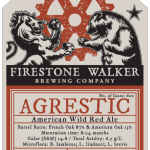 Beer 1: Agrestic Ale (2014): Starts out as DBA (minus the barrel union) and undergoes primary fermentation at Barrelworks in Buellton. Once complete, it undergoes secondary in 87% French oak / 13% Freedom oak with Brettanomyces and two strains of Lactobacillus. My perception was a nice tannic/oaky beer. I plugged my nose to taste the sour and focused on what it did to my cheeks, teeth and gums. I thought it was in the middle of 4-8 and I picked 6. Actual TA? 6.6.
Beer 1: Agrestic Ale (2014): Starts out as DBA (minus the barrel union) and undergoes primary fermentation at Barrelworks in Buellton. Once complete, it undergoes secondary in 87% French oak / 13% Freedom oak with Brettanomyces and two strains of Lactobacillus. My perception was a nice tannic/oaky beer. I plugged my nose to taste the sour and focused on what it did to my cheeks, teeth and gums. I thought it was in the middle of 4-8 and I picked 6. Actual TA? 6.6.
Beer 2: Lil Opal (2014): One thing I love about Barrelworks beers is the level of oak. It’s a definite calling card for their beers I’ve tried thus far. Lil Opal is a truly wild Saison with juicy notes of citrus and tropical fruit like pineapple. Are the flavors and aromas yeast or barrel driven? Regardless, It’s a refreshing beer with a sourness that cleans up your teeth nicely with a little bit of gum tingle. I picked 5. Actual TA? 4.01.
Beer 3: SLOambic (2014): Olallieberry jam and oak all up in your business. I find it hard to say Olallieberry, so I just call it LOL-Berry. The berry itself is blackberry in appearance and grows in Central CA. I’ve long-loved the Framboise style of Belgian beers (raspberries) but this may dethrone it! Tons of jammy berry character with an aggressive sourness that bites at my teeth enamel and roughs up my cheeks. I thought it was a little bit less than the TA 8 sample and I chose 7.8. Actual TA 8.7. LOL-Berry!
After all that acid trippin, I was fed crackers as they untied me and forced me into the Firestone Walker barrel room. After fifteen minutes smelling boozy wood at 50 degrees, I was left to fulfill a life of religious consciousness.
Thanks LA Beer Bloggers and Firestone Walker for this unique opportunity! Disclosure: FW provided food, beer and transportation to the event, but wasn’t required. Hotel and take-away items were all purchased at full price on my own.

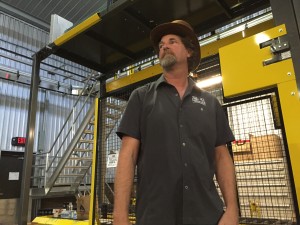
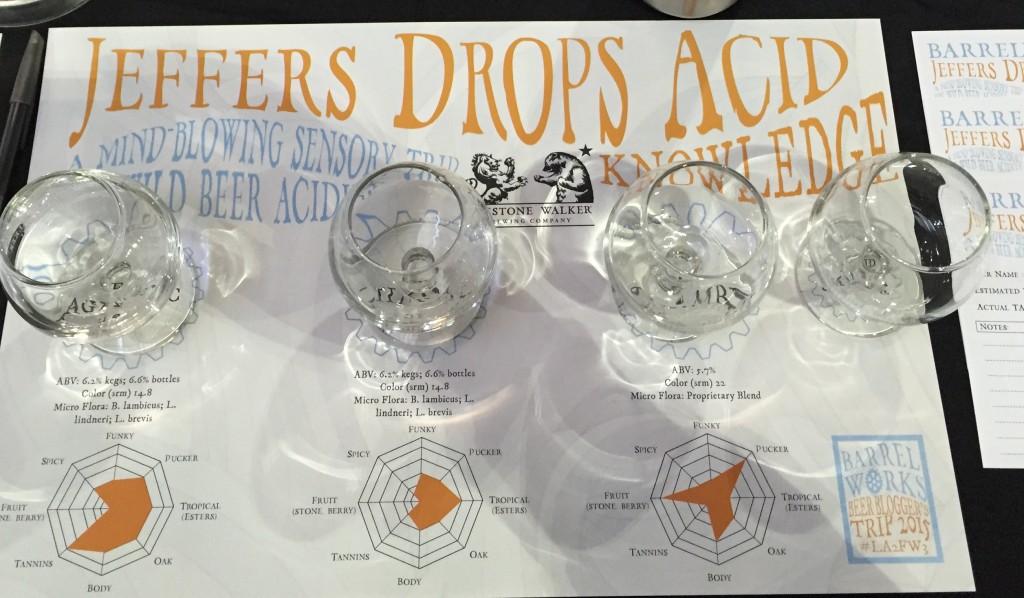
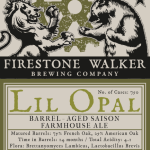
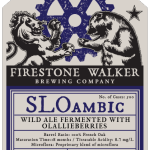
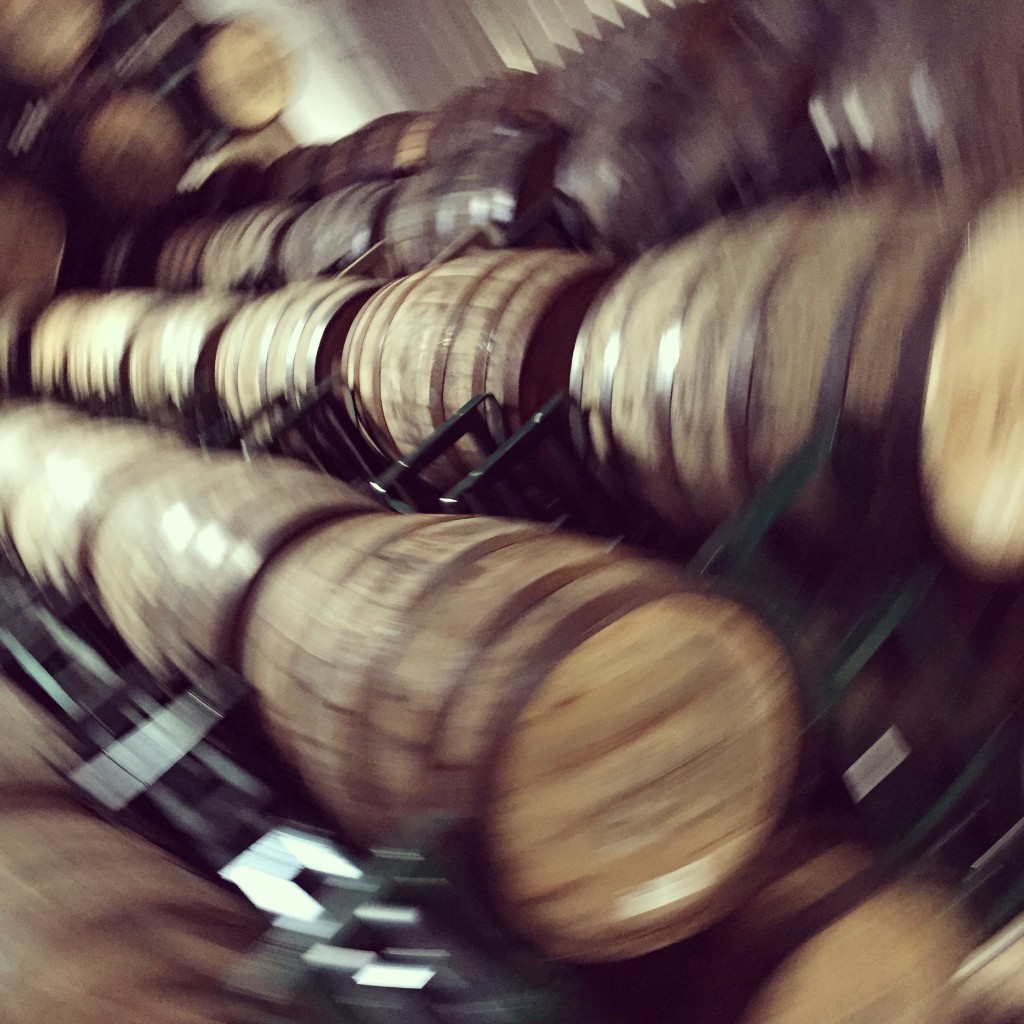

You must be logged in to post a comment.